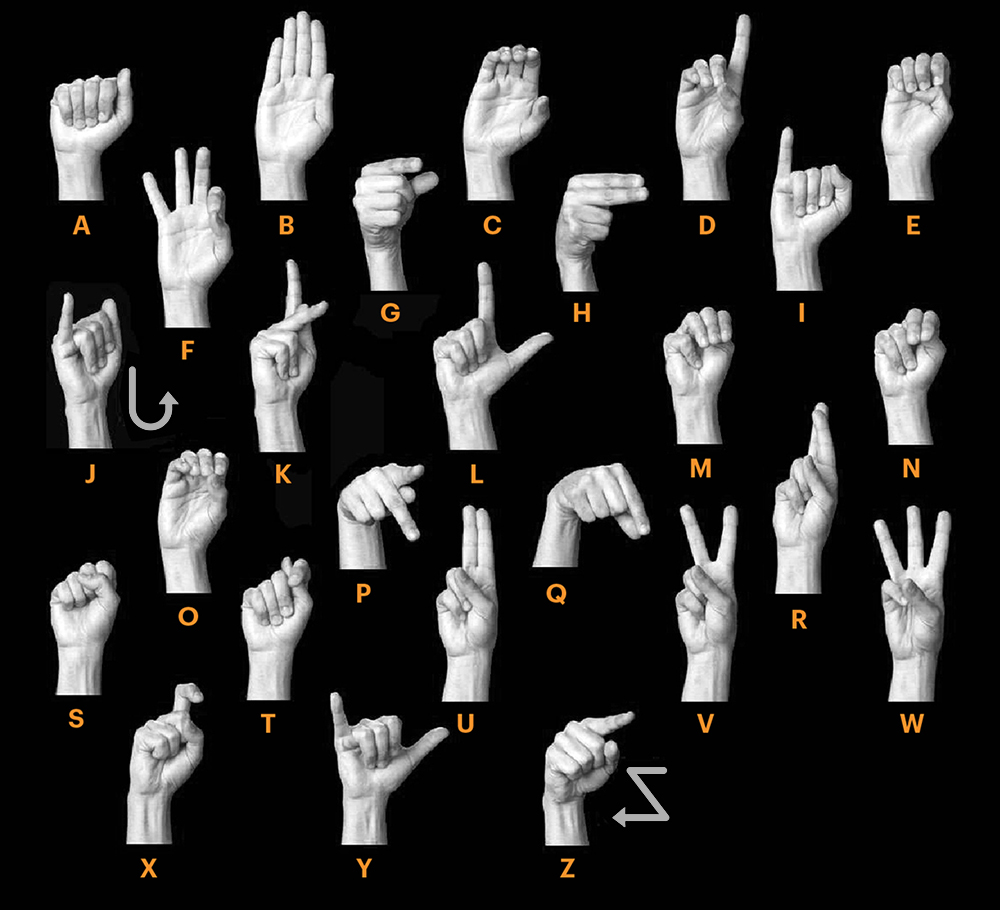ANALOG VISUAL COMMUNICATION.
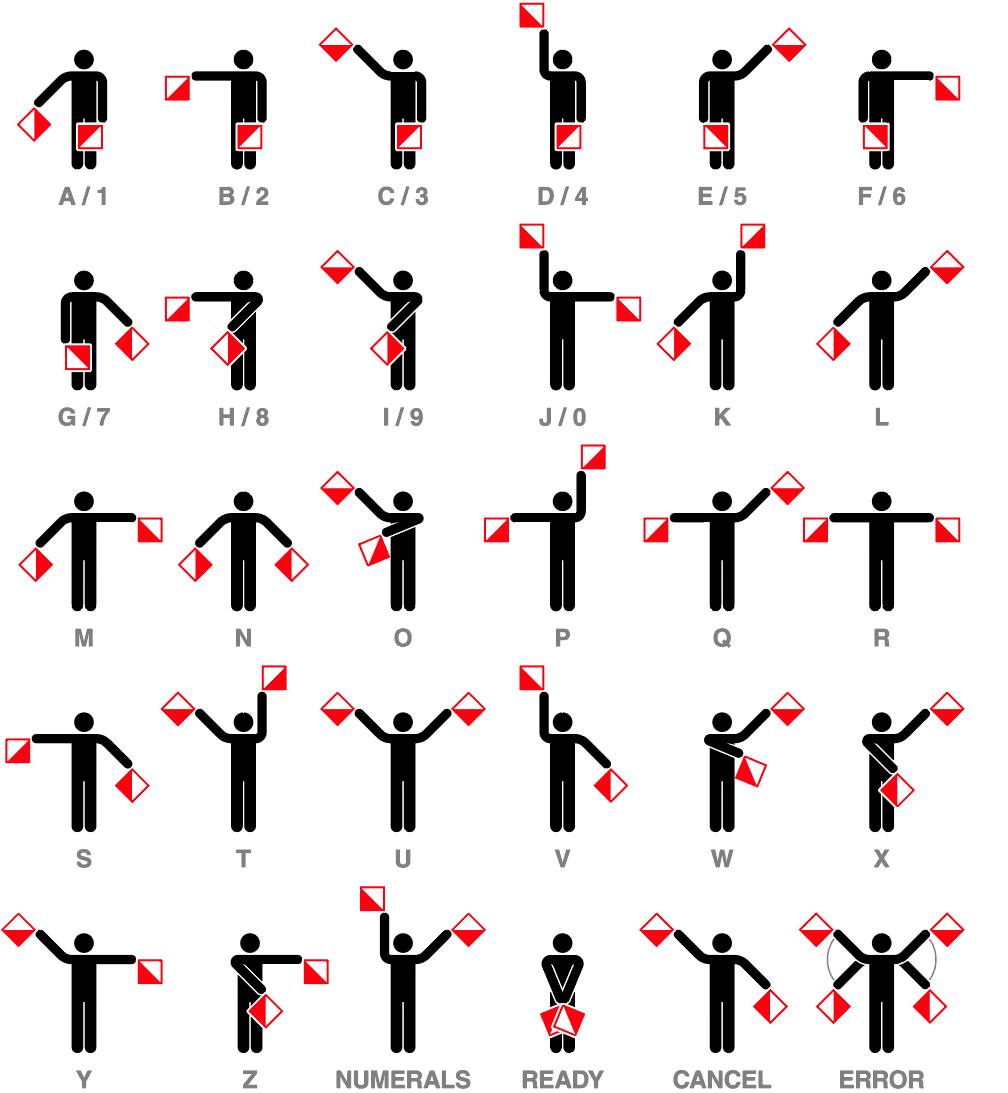
(Alhovik/Shutterstock.com)
Semaphore I learned this message system when I was a Cub Scout a very long time ago. There were three boys in a team. One boy to send the signals using two flags, one to read the incoming signals, and one to record the received message. Other requirements were: A lot of patience, and binoculars if the distance required them. (In our case, the communicators were on each side of a small field, and could have shouted the message, but that’s missing the point.) Remember, the cellphone did not exist. Semaphore’s golden age was back in the 19th century when it was used extensively for communicating between ships. It still has some maritime uses today.
We may have looked something like this.
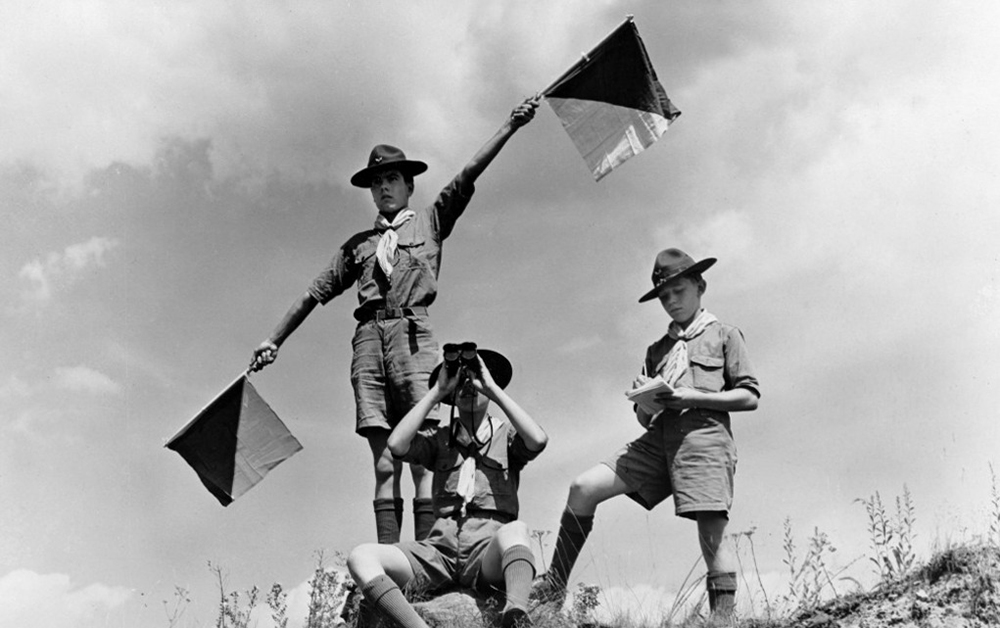
And, of course, after becoming masters of semaphore, we all earned a badge.
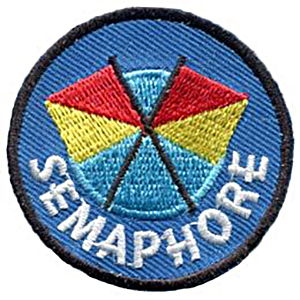
This 1940s U.S. Navy cardboard wheel helped sailors use semaphore. One side for sending, the other for receiving.
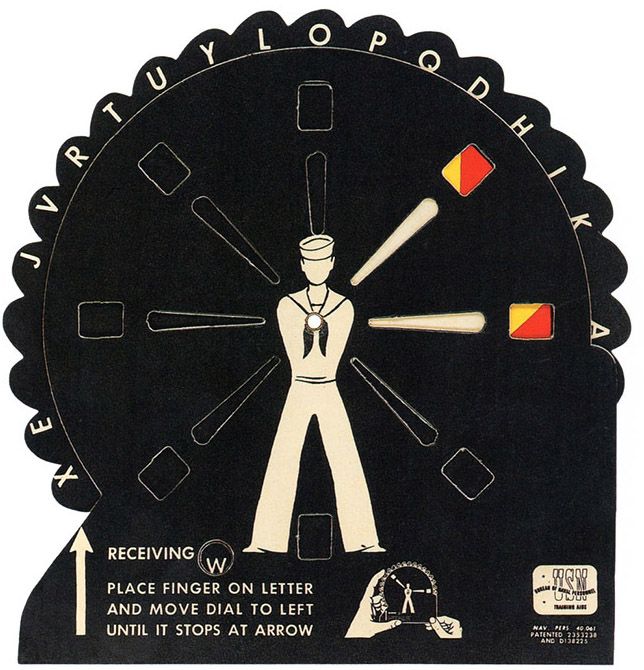
Help!: The photographer for this Beatles’ album cover, Robert Freeman, wanted the band to spell out the album title in semaphore, but he didn’t like their arm positions (aesthetically-speaking), so he went for a more pleasing arrangement. “N-U-J-V” doesn’t have quite the same impact, but it didn’t seem to bother anyone, except me and a few other ex-Scouts.

Monty Python’s Flying Circus: The British comedy group included a semaphore version of Wuthering Heights in one of their T.V. shows.
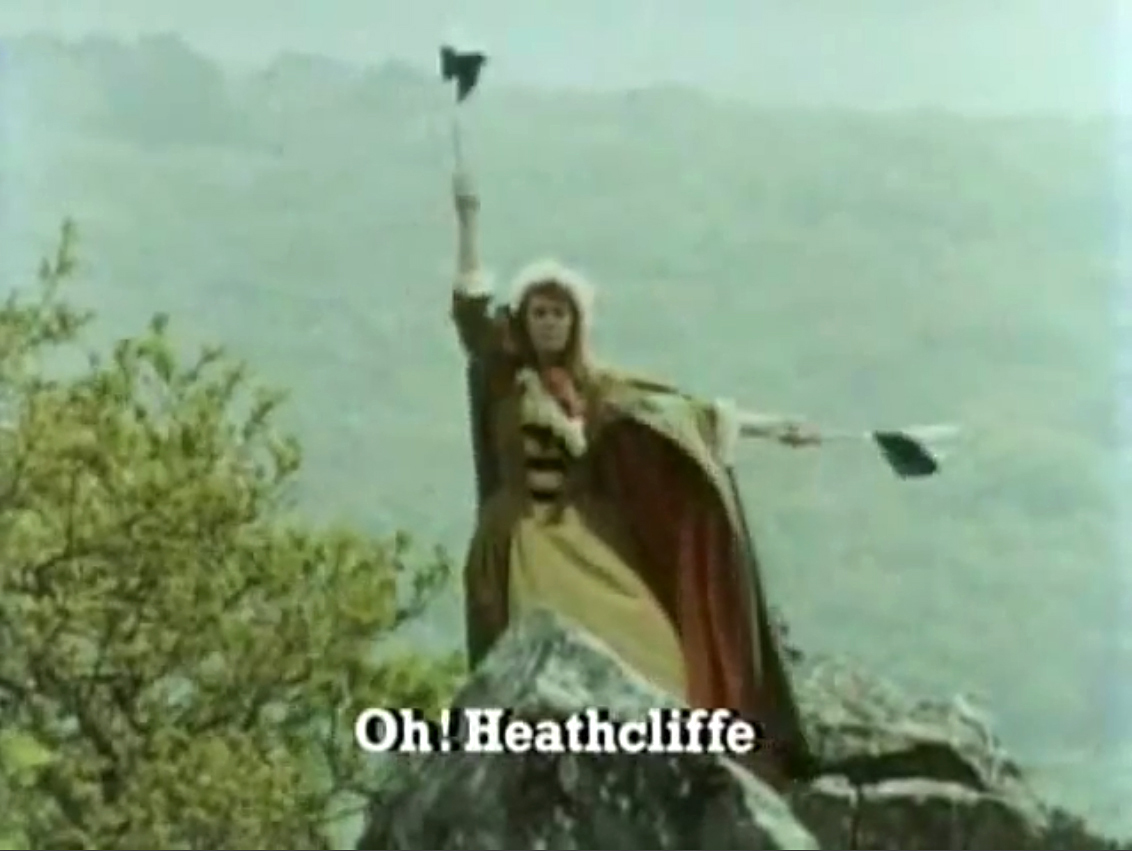
Peace symbol: Designed by Gerald Holtom in 1958 for a protest march. It’s based on the semaphore positions for N and D, standing for Nuclear Disarmament.

Maritime flags These can be used in different ways. A message can be spelled out with letters, or an individual flag can be used to convey a particular message. An example: The V flag flying alone means “I require assistance”. There are also multiple flag combinations to send various designated messages. And if both parties have the same code book, encrypted messages can be sent.
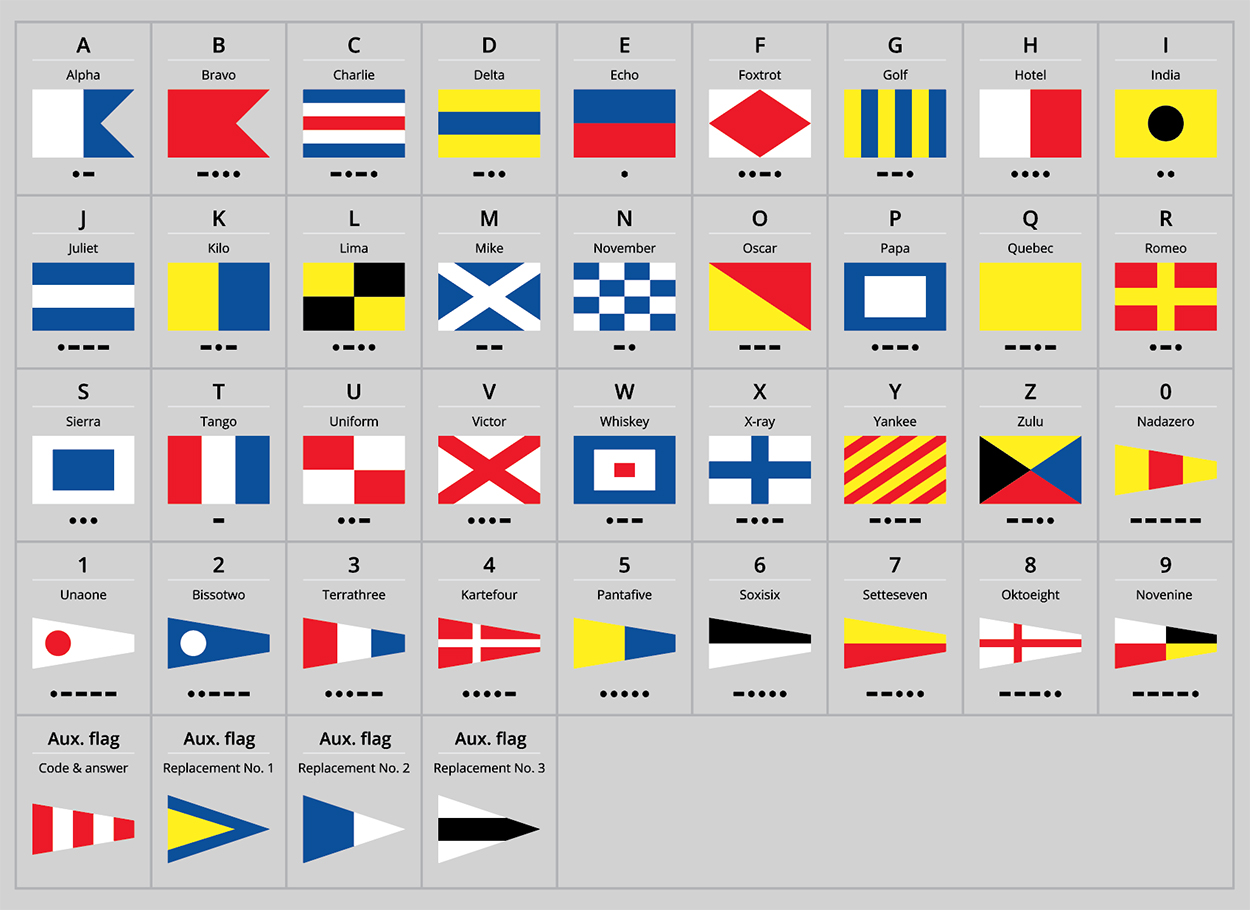
(Hampi/Shutterstock.com)
When sailing the magnificent “Grimwade,” my 120-foot (37-meter) schooner, on Lake Ohio, I often hoist 24 flags to advertise to passing boats the title of my blog.

Morse code Shown under the flags in the alphabetical list above. An elegant and effective way of communicating with short and long signals, known as dots and dashes, which are transmitted with sound or light. The best-known morse code message is SOS. Three dashes, three dots, three dashes, in a continuous stream. The spoken equivalent, developed with the advent of radio, is “Mayday” derived from the French m’aidez (“help me”).

Sign language Very important for people who cannot hear, it combines hand movements with facial expressions and body postures. It is not universal, and varies between countries and regions. This is ASL: American Sign Language.
